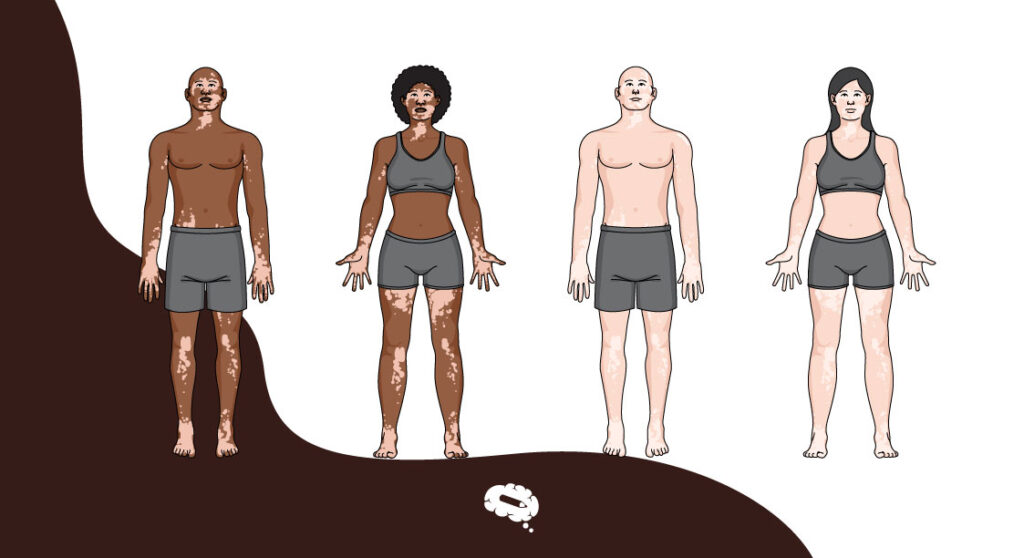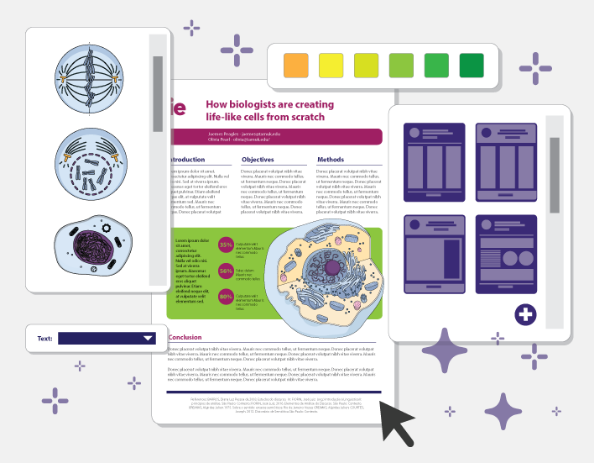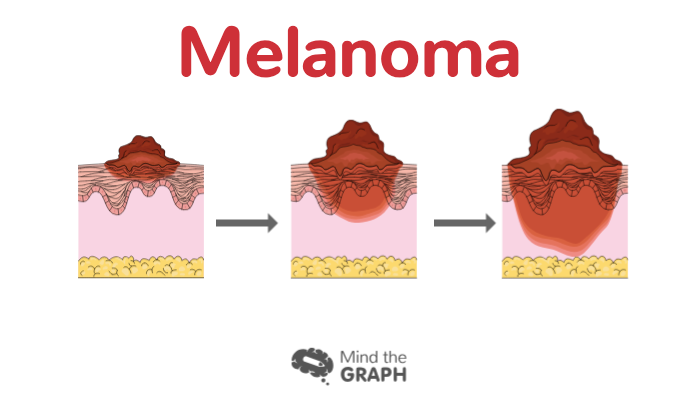If you are curious and want to understand vitiligo, this article can help you. It will begin by defining what vitiligo is and what causes it, the different types of vitiligo, potential complications and conditions related to it, and a few possible treatments available.

What is vitiligo?
Vitiligo is an autoimmune chronic skin condition characterized by the loss of pigmentation in some areas of the skin, resulting in light-colored patches. These patches may grow over the years, occurring on any part of the body but being most commonly found on the face, hands, feet, and scalp. Some symptoms of vitiligo may include itching, redness, and dryness of the affected skin area.
What are the causes of vitiligo?
To understand vitiligo, you should be aware that the exact cause is not entirely known. It is believed the immune system mistakenly attacks and destroys cells that produce melanin, the pigment that gives color to the skin, hair, and eyes.
Some of the causes of vitiligo
- Genetics: some people may have a genetic predisposition to developing vitiligo.
- Trauma: physical trauma to the skin, such as a cut or burn, may trigger vitiligo in some people.
- Infection: some people may develop vitiligo after a viral or bacterial infection.
- Oxidative stress: is an imbalance between the levels of harmful and beneficial chemicals in the body, which can damage the cells that produce melanin.
- Neurotransmitters: a dysfunction in the neurotransmitters in the brain may lead to vitiligo.

Create efficient dermatology infographics
The field of dermatology study is very vast. Sometimes it’s better to resort to a useful infographic to explain specific characteristics of certain pathologies like vitiligo. Using Mind the Graph, you have access to a gallery full of scientifically accurate illustrations, including dermatology and many other fields of study. Join us and start creating posters, graphical abstracts, infographics, slide presentations and more.
Types of vitiligo
There are several different types of vitiligo, including:
- Acrofacial vitiligo: affects the fingers, toes, and face.
- Generalized vitiligo: is the most common type and involves many areas of the body.
- Universal vitiligo: is a rare type that affects almost all body areas.
- Segmental vitiligo: affects only one part of the body, usually on one side.
- Focal vitiligo: appears in only one or a few small areas of the body.
- Mucosal vitiligo: affects the mucous membranes of the mouth and genitals.
- Perifollicular vitiligo: affects the hair follicles, usually on the scalp.
- Trichrome vitiligo: this type affects the hair, resulting in white, gray, and dark hair in the same area.
Some people may have a combination of these types, and the classification may vary depending on the source. So it is important to understand vitiligo to know which kind it is when you see it.
Complications and conditions related to vitiligo
People with vitiligo may experience emotional distress and may be at risk for depression, anxiety, and body dysmorphic disorder. They also can have a higher risk of sunburn and skin cancer because the affected skin has less pigment to protect it from the sun. Eye problems may affect some people with vitiligo because of pigment loss, leading to a condition called pigmentary uveitis. Other skin conditions may develop in people with vitiligo, such as atopic dermatitis, psoriasis or alopecia.
Treatment
There is no cure for vitiligo, but the symptoms can be treated using topical creams, which can help reduce inflammation and repigment the affected skin. Depigmentation can be another way to treat individuals with widespread vitiligo. Surgery can also be performed in some cases to restore color to the affected skin. It is important to understand vitiligo and note that, in some cases, vitiligo may not respond to treatment and may be a lifelong condition.
Use Scientific Illustrations to add visual impact to your paper
If you’re a researcher, scientist, or academic, you know how important it is to present your findings in a clear and impactful way. Mind the Graph can help you to do this through the use of scientific illustrations and graphics. These visual aids can help to make your data and research more engaging and accessible to your audience


Subscribe to our newsletter
Exclusive high quality content about effective visual
communication in science.




